Atlanta Streetcar | Desire or Disaster?
<p><em><strong>Is it the Streetcar Named Desire or Disaster? Read the facts, listen to both sides, decide, and vote.</strong></em></p>
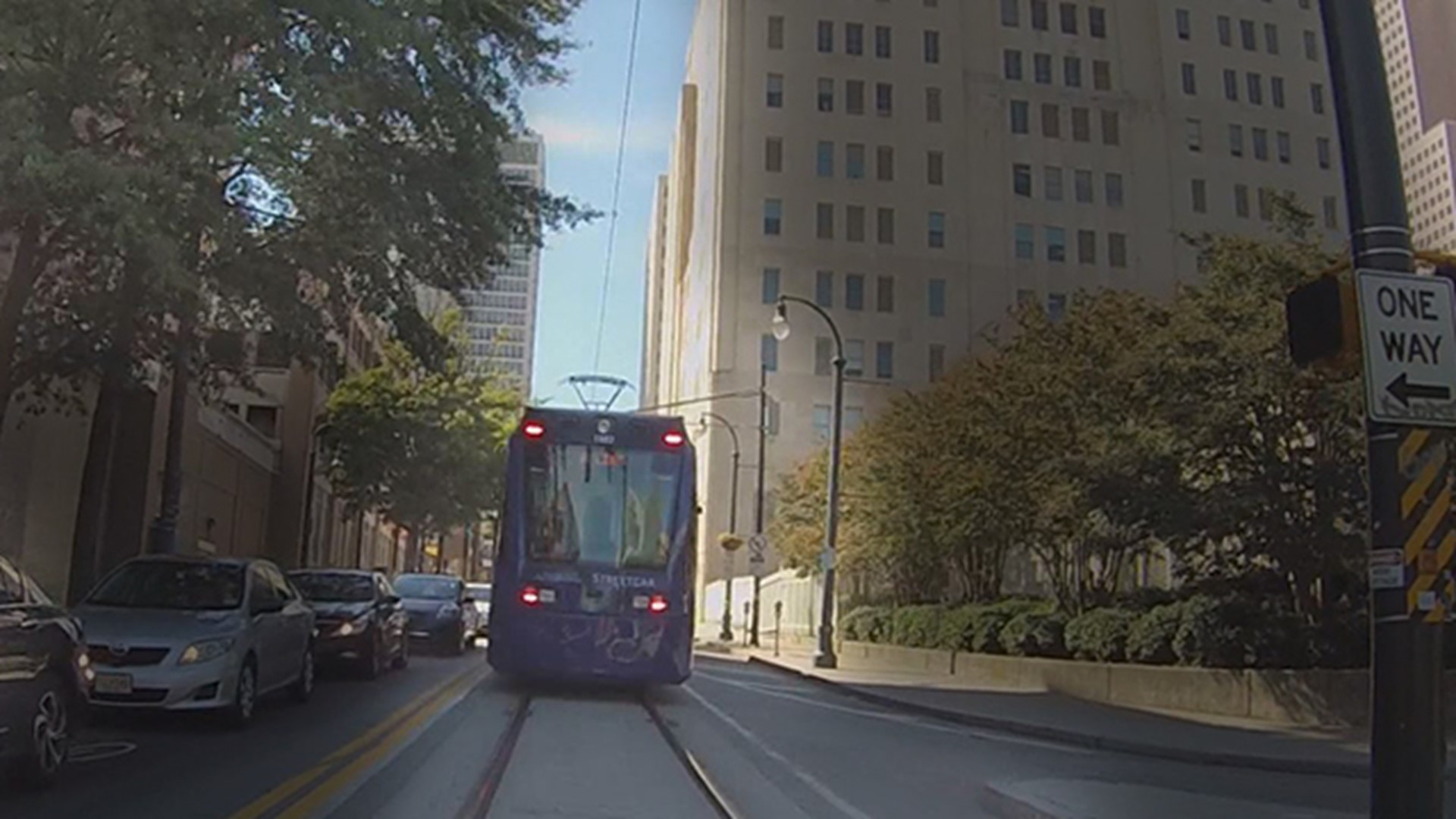
The Atlanta Streetcar has had its critics railing on the project for its $100 million price tag and its myriad of mistakes. Supporters say it's one piece to reforming Atlanta's transportation puzzle. Now, some of its funding is on the ballot under a larger transportation vote.
Is it the Streetcar Named Desire or Disaster? Read the facts, listen to both sides, decide, and vote.
THE MASTER CRITIC
Baruch Feigenbaum has a Master’s Degree in regional planning and transportation. He does policy work for nonprofits. In a recent blog, he called the Atlanta Streetcar “possibly the worst U.S. transportation project ever constructed as a vehicle.”

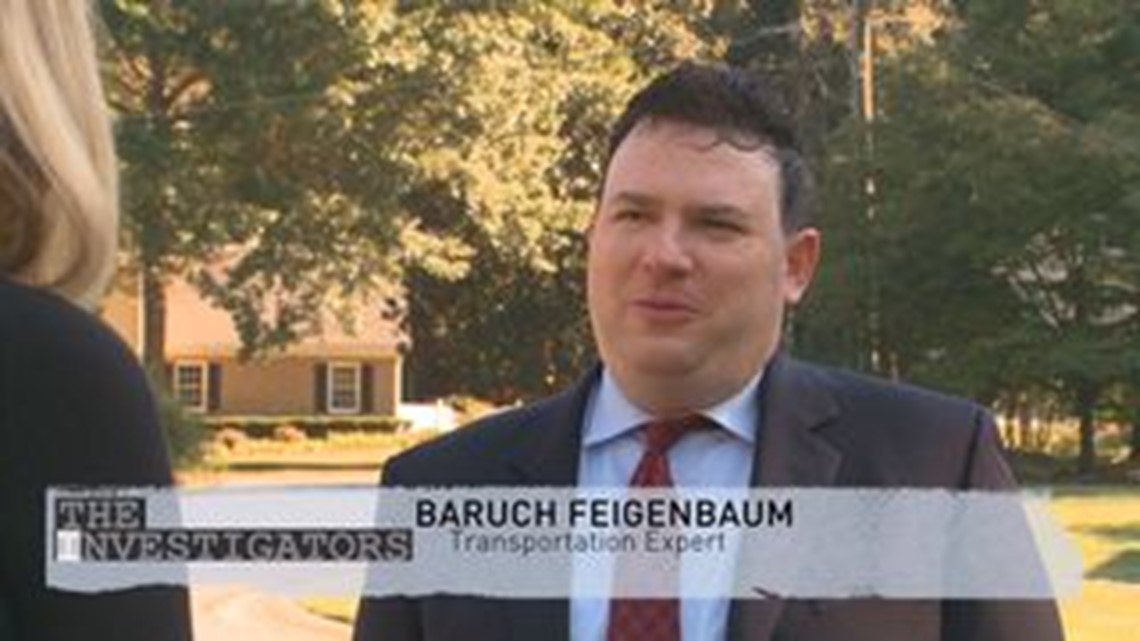
“They’ve wasted a lot of taxpayer dollars, both city and federal on basically what is a boondoggle that transports few people,” he said.
Critics like Feigenbaum complain about the 2.7-mile track, circling a loop at a slow pace, causing more congestion. We timed the loop at 27 minutes.
THE BUSINESS OWNER
“Traffic! Traffic it’s getting even worse.” Dru Kelly manages Harold’s Chicken & Ice Bar on Edgewood. He says the streetcar has increased street traffic, but unfortunately for his business, not foot traffic. What about that economic boom that was promised?

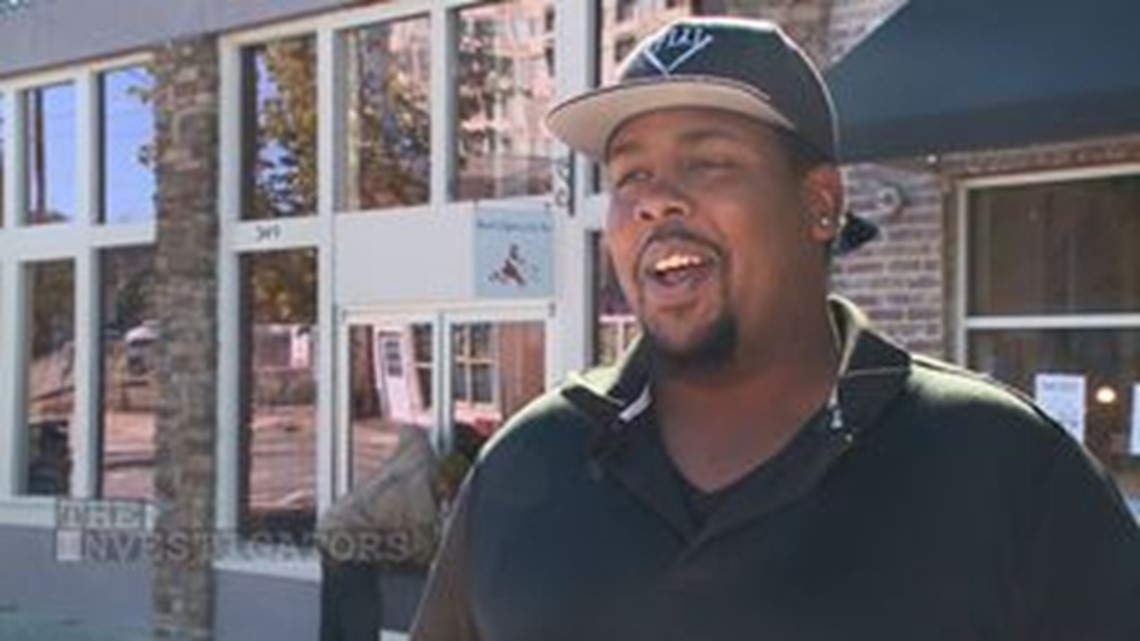
“Hahahaha,” Kelly lets out a giggle when we ask about it. “I’m sorry. Yeah.” He points to the empty platforms you can see from inside his restaurant.
“I see probably two or three people there the whole day," he said. "It’s bad. It’s that bad.”
Ridership is down more than 50 percent since last year. Based on the city’s numbers, 11Alive compared the first six months of 2015 and 2016. Between January and June of 2015, there were 384,788 riders. During that same period this year, there were 191,607 riders.
THE CITY COUNCIL
“That’s half, even less than half of what we projected,” Atlanta City Council woman Felicia Moore said in a recent meeting.
The dropping numbers raised eyebrows among some city leaders.

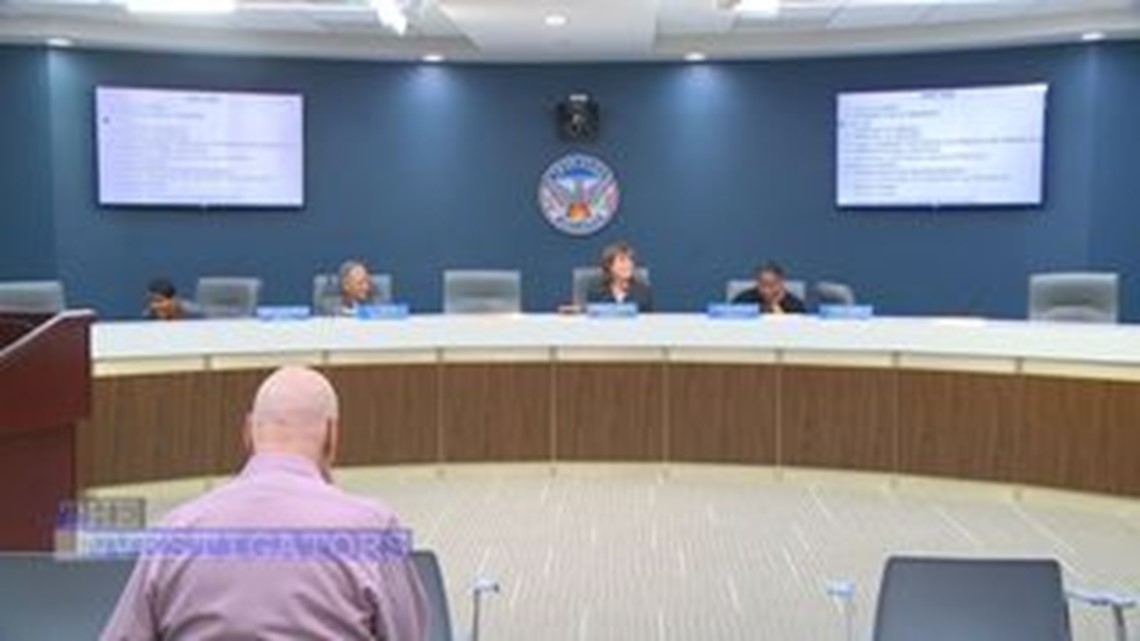
“We need to be figuring out why people aren’t using it,” she said.
The ridership isn’t the only thing less than projected.
“Our revenues are under projection.” The announcement was made at that same City Council meeting. The streetcar is pulling in $32 an hour.
“We’re spending millions of dollars," Councilwoman Yolanda Adrean added. "It would be cheaper to give everybody a personal Uber for free or something.”
THE CITY DEPUTY CHIEF OPERATING OFFICER
Atlanta Mayor Kasim Reed spearheaded the streetcar project, once calling it a model for the rest of the country. He’s defended its slow start widely in the media, including on 11Alive. For this story, the city offered up Deputy COO William Johnson to answer our questions. He’s been on the job five months.

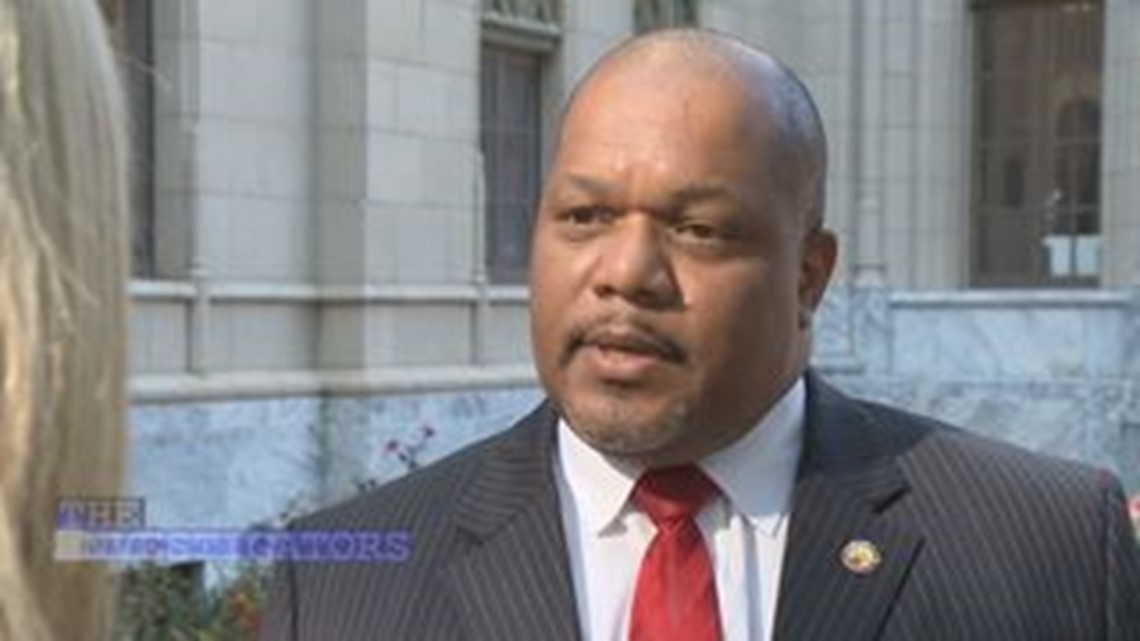
“They start up slow and then they ramp up,” he said.
“What do you do when people on your own city council are against the project,” 11Alive’s Catie Beck asked him.
“A lot of people don’t understand how transit projects operate. There aren’t transit projects anywhere in America where the fare overs the cost of operation,” he said.
Transportation data shows he’s right. Many public transit projects are subsidized by way of federal grants like Atlanta’s. Typically, fare revenue covers 10 to 15 percent of the operating costs.
“It’s not hemorrhaging money,” he said. “It’s operating on grant funding and we are operating in the black right now.”
That’s not solving the revenue issues, because many Atlanta riders are doing it without paying. There’s a 50 percent evasion problem. Half of the people riding the streetcar aren’t paying the $1 cost.
“Is that a problem?” Beck asked Johnson.
“Well, again, the fares are tracking about where we expected them to track.”
Johnson said the decline in ridership was expected because January began the dollar fare instead of free rides
He points to booming development as a sign of success.
“New development is going up everywhere,” he said. While Johnson admits there are still some boarded up buildings, he points to progress. “My understanding is that there were tons of boarded up buildings. Now, I see restaurants. I see thriving business start-ups.”
He says the start-up project needs time, but will prove successful. Johnson said the city is seeking a permanent third party operator and will likely add advertising on board the cars for extra revenue.
THE VOTER
City of Atlanta residents will face two transportation issues on the ballot on Nov. 8, 2016.
One deals specifically with expanding MARTA. A half-penny tax over 40 years will generate an estimated $2.5 billion. The money would be used to “make major investments in transit infrastructure,” including rail improvements, building new lines within the city, purchasing new buses, and adding additional routes. The Atlanta Streetcar would include a portion of that funding.
The city’s analysis said the improvements would reach 96 percent of city residents and include every single neighborhood. It is the widest-reaching attempt to build out mass transit in the City of Atlanta since the 10 counties of Metro Atlanta rejected the 2012 TSPLOST.
The other vote is a shorter and smaller Atlanta TSPLOST. The TSPLOST is .4 of a penny, so four cents on every $10. It would generate $300 million over five years to fund “significant and expansive transportation projects citywide.” You can see a list of those projects here.
City Councilwoman Yolanda Andrean isn’t sure more spending is the fix for the streetcar: “I don’t know if we can spend our way out of this hole.”
Johnson said the investment will pay off, in time.
“So you could look at taxpayers, and you could look at city council members and say this was worth every dime,” Beck asked.
“I could look at them and say, ‘This is the future,’” Johnson predicted.
